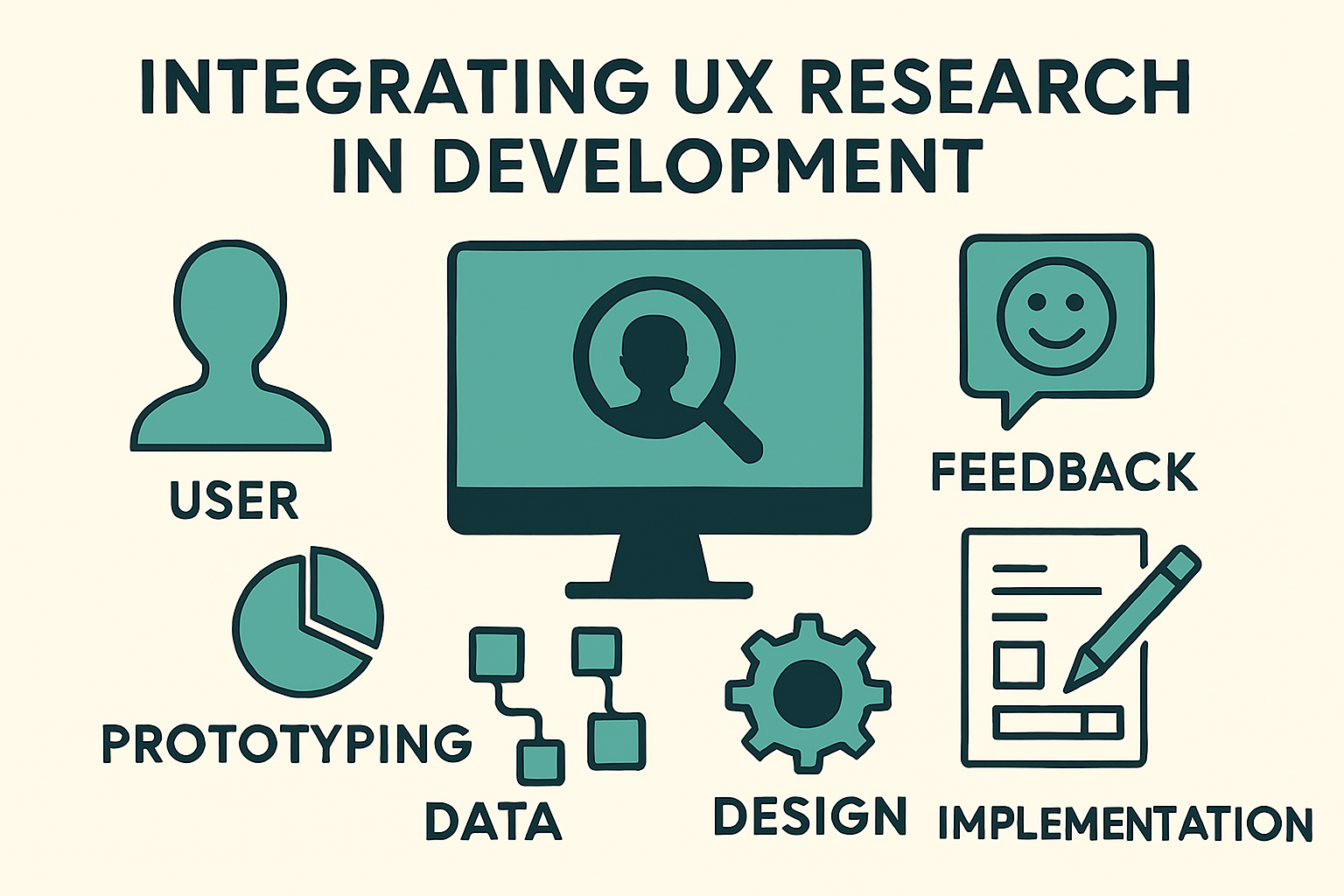Software that’s built without understanding its users is like designing in the dark. Integrating UX (User Experience) research into the development process helps teams build with clarity, empathy, and intention—delivering products people actually want to use.
Why UX Research Matters for Engineers
UX research reveals how users think, behave, and feel when interacting with digital products. For development teams, this isn’t just useful—it’s essential:
Prevents wasted effort on features users don’t
Surfaces usability issues before they turn into support
Prioritizes development work based on real user pain
Encourages engineers to solve problems, not just implement
It brings the why behind the what.
When and How to Integrate UX Research
UX research can be woven into every stage of the development lifecycle:
Discovery Phase: Before coding starts, UX teams run interviews, surveys, or field studies to uncover user goals and Engineers gain firsthand insight to design better solutions.
Design Phase: Wireframes and prototypes are tested Engineers get early signals about feasibility, allowing smoother handoffs and fewer redesigns.
Development Phase: Ongoing usability testing, A/B tests, and behavior tracking guide mid-sprint improvements or validate assumptions.
Post-Launch: User feedback loops feed directly into future roadmap and bug
This approach supports iterative development with real-world feedback.
How Teams Collaborate Across UX and Dev
Effective UX-developer collaboration requires structure:
Joint planning sessions: Align on research insights before sprint kickoff.
Embedded UX specialists: Have UX researchers or designers be part of scrum teams.
Shared documentation: Use tools like Notion, Figma, or Confluence to keep user research accessible.
Live user feedback sessions: Involve engineers in watching or conducting usability tests—build empathy and reduce disconnect.
Collaboration should be continuous, not occasional.
Tools and Practices That Support UX-Driven Dev
To make UX insights actionable for developers:
Use user stories backed by research, not assumptions.
Convert pain points into JIRA tickets with user context.
Use tools like Maze, Hotjar, or UsabilityHub for lightweight testing.
Sync research with analytics platforms to verify qualitative feedback with data.
When UX and engineering tools talk to each other, decisions get sharper and faster.
Conclusion
Integrating UX research into development isn’t about slowing down—it’s about building the right thing, faster. When developers understand the people they’re building for, they make smarter choices, avoid costly rework, and deliver experiences that truly resonate. In a world flooded with digital products, empathy and evidence are the edge.





